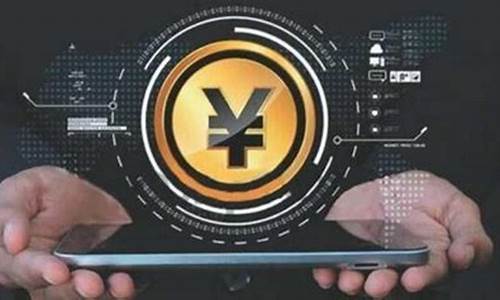物联网数字货币的未来是什么样的呢英文(物联网数字货币的未来是什么样的呢英文翻译)

The Future of Internet of Things (IoT) Digital Currency
Internet of Things (IoT) has revolutionized the way we interact with technology. With the increasing number of connected devices, the need for a secure and efficient means of payment has become more pressing. This is where IoT digital currency comes in.
IoT digital currency is a form of virtual currency that is designed to be used exclusively on the Internet of Things (IoT) platforms. It enables seamless and secure transactions between devices without the need for intermediaries such as banks or payment processors.
One of the major advantages of IoT digital currency is its ability to facilitate fast and low-cost transactions. Since there are no intermediaries involved, the processing time for transactions is significantly reduced. This makes it an ideal payment option for IoT applications such as smart homes, wearables, and autonomous vehicles.
Another advantage of IoT digital currency is its security features. As all transactions are conducted on a decentralized network, they are highly secure and resistant to hacking and fraud. This makes it an ideal payment option for industries that require high levels of security, such as healthcare and finance.
In addition to its practical applications, IoT digital currency also has potential economic benefits. By eliminating intermediaries and reducing transaction costs, it could lead to increased efficiency and lower costs for businesses. This could ultimately lead to greater economic growth and development.
However, there are also challenges associated with the adoption of IoT digital currency. One of the main challenges is regulatory uncertainty. Since IoT digital currency operates on a decentralized network, it is not subject to the same regulations as traditional currencies. This creates challenges for governments and regulators who want to ensure that the currency is used safely and responsibly.
Another challenge is the lack of standardization in the industry. Since there are no central authorities governing IoT digital currency, there is no universal standard for how it should be developed or used. This can create confusion and uncertainty for users and businesses alike.
Despite these challenges, the future of IoT digital currency looks promising. As more companies begin to adopt this technology, we can expect to see increased innovation and collaboration in the industry. Additionally, as regulations become clearer and standards are established, we can expect to see greater adoption and integration of IoT digital currency into our daily lives.
In conclusion, IoT digital currency represents a significant step forward in the evolution of payments and transactions on the Internet of Things (IoT). While there are still challenges to be overcome, the potential benefits make it an exciting area of development for both consumers and businesses alike.